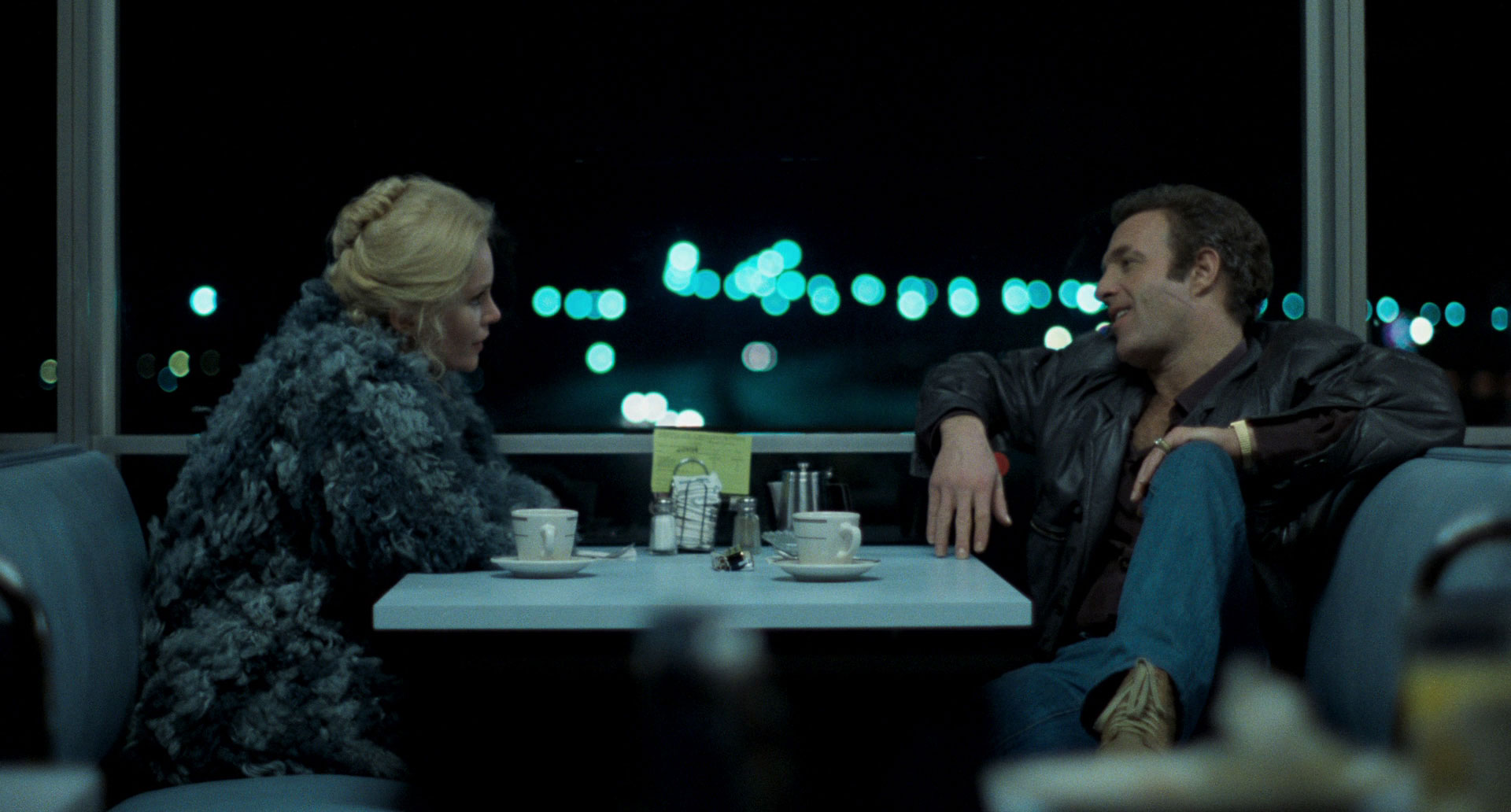

Todd Anderson, who’s known for storyboarding the Coen brothers movies. That was always way more interesting than just some guys showing up with weapons demanding money.įilmmaker: In the credits I saw the name J. Instead, we spent a lot of time on the details of casing the bank before the robbery. We see the aftermath through police interviews and surveillance footage of it. I think people do expect some drama from a bank robbery scene, but David found the bits that happened before and after the robbery to be more interesting.įilmmaker: The robbery with the most drama - where everything goes wrong - I don’t even think we see any part of that on screen, right? We only see the aftermath.Īnderson: (laughs) Correct. That’s the opposite of what we’re accustomed to, which is heist scenes played for tension.Īnderson: David has this amazing way he plays with the audience’s expectations.

It was more about the thrill of the chase.įilmmaker: The robbery scenes are definitely light and fun. Redford’s character, Forrest, isn’t very introspective so a lot of the creative decisions weren’t really about dissecting his character. We wanted the camera to be light, nimble and spontaneous. One of our goals was to really make the cinematography fun. And Forrest saw the world as a little bit of an adventure, and that perspective lent itself to the way we shot the movie. Movies can really put you into the world of a character and let you see the world through his or her eyes. How did that idea affect the way you shot the movie?Īnderson: One of the most special aspects of movies as an art form is their ability to demonstrate point of view.

Then he found himself gravitating to a more fanciful version of the events - sort of the version Tucker might have imagined in his own head. We played with a little bit of a 1990s video tape transfer look for the movie, where it wasn’t super saturated and had slightly lower contrast.įilmmaker: I read an interview with Lowery where he talked about his early attempts at the script being more journalistic versions of Forrest Tucker’s story. Sneakers actually played a big role in the color grade. (laughs) I love Conrad Hall so I’d say that Butch Cassidy and the Sundance Kid is probably my favorite. Do you have a favorite Redford movie? We can take The Old Man the the Gun out of consideration.Īnderson: Well, that is my favorite Robert Redford movie. That song encapsulated all of those things.įilmmaker: If this ends up being Redford’s final performance, it feels like such a fitting way to go out. Redford gets back on a horse one more time and kind of walks off into the sunset, so to speak. It’s the end of Forrest’s career, and it’s the end of Redford’s career. It plays during the final police chase and that scene has this kind of meta aspect to it. People were working on the clearance for that song even in preproduction.

“Blues Run the Game” was in the script from Day 1. The montages were also pretty clearly mapped out in the script.įilmmaker: Was the song “Blues Run the Game” in the script?Īnderson: It absolutely was. So even before we had locations or had even decided on a camera format, there were quite a few zooms already at the script level. Were those types of atypical details in his Old Man and the Gun script?Īnderson: One of the big things that David had in the script were all these zoom shots. When I interviewed A Ghost Story cinematographer Andrew Droz Palermo, he told me Lowery specified things like aspect ratio and even shot length at the script stage. įilmmaker: Let’s start with director David Lowery’s script for The Old Man and the Gun. With The Old Man and the Gun out in theaters, Anderson talked to Filmmaker about the responsibility (and the pleasure) of shooting what may well be Redford’s ride into the sunset. “The shot worked really elegantly as just one slow dolly-in and after it was over the loader came up to me and one of the producers with the roll of film and said, ‘This is probably the last roll of film that will ever record Robert Redford’s image. “There was a little bit of electricity in the air for that scene,” said cinematographer Joe Anderson. Thus a few pick-ups were needed - the last of which featured Redford’s Forrest Tucker phoning a widowed rancher he’s romancing. Though the amiable based-in-fact caper was shot largely in Ohio on 16mm, Redford’s dapper bank robber actually did most of his pillaging in Texas and its neighboring states.
#Thief 1981 cinematography movie
Robert Redford’s final day on David Lowery’s The Old Man and the Gun - perhaps his final day as an actor on any movie set - found him in Texas. In Cinematographers, Cinematography, Columns, Filmmaking, Interviewsĭavid Lowery, Joe Anderson, Robert Redford


 0 kommentar(er)
0 kommentar(er)
